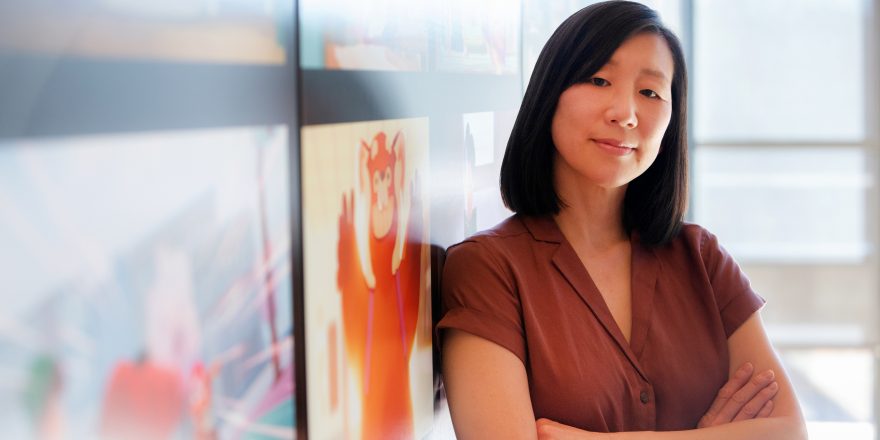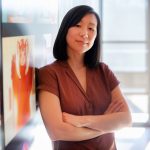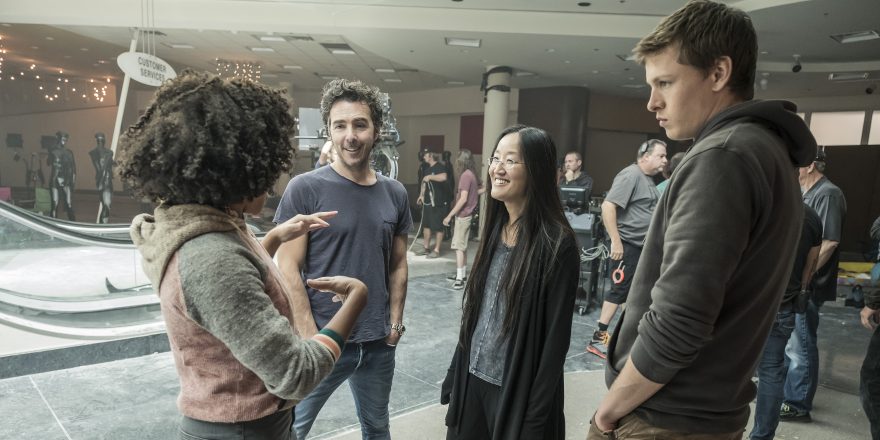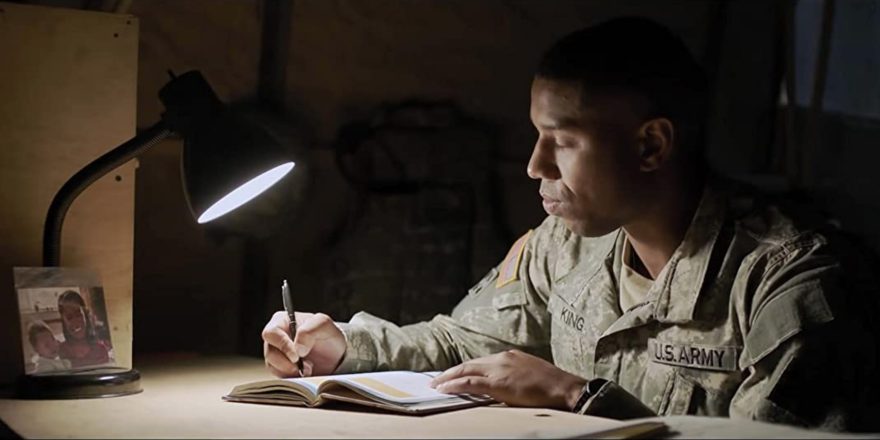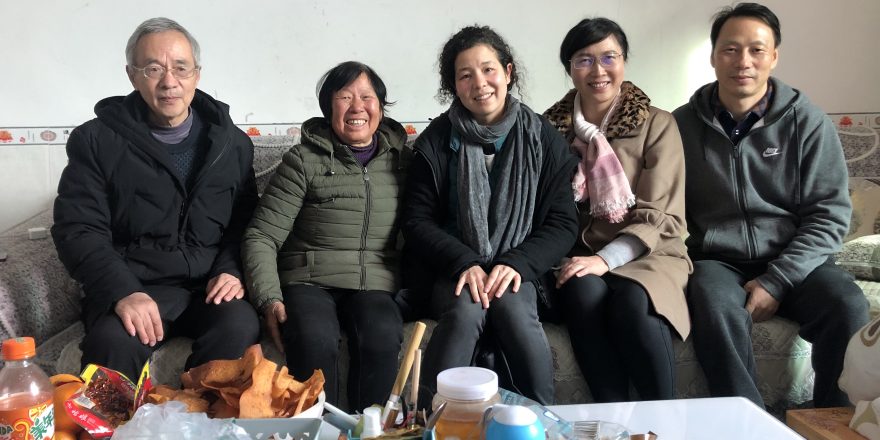Over the festive break, Talkhouse Film is revisiting some of its most read pieces of the year, including this one. Happy holidays! – N.D.
I was interviewed once by a kind man who had developed many of my plays at his theater. We were in a small room, with headphones and mics, for an interview that would be on the radio. He mentioned my love of the Jean Anouilh play Antigone — which sounds very pretentious, but I swear to you the play is modern, easy to read and unforgettable. My interviewer brought up how Anouilh was known for writing “black” and “pink” plays. His tragedies, like Antigone, were black. His light comedic plays were pink. My interviewer suggested I too had plays in both veins. And maybe it was in this interview, or a conversation later, that he also mentioned how my smile always seemed sad. I had one of those smiles that doesn’t reach the eyes. I knew what he meant. My only surprise was that he’d noticed. Up until then, I’d been laboring under the misperception that my sadness was concealed.
I don’t know how long I’ve been sad, though I do have a memory of driving in Los Angeles during that time of year when all the jacarandas bloom at once and an entire street will suddenly flush purple. As I drove, it occurred to me that the world was beautiful and also that I was profoundly sad.
And there’s an earlier memory, of being a child and drawing. I drew every day — nothing fantastical. Mostly girls jumping rope. It was oddly calming — even ritualistic. The same pad, the same pencil and the repetition of drawing the same thing, over and over. But one day, I drew a face, weeping. And it was my own face, weeping; I saw wet splashes hit the paper as I drew. I can’t remember which came first: my sadness, or the drawing’s sadness. But now all I can think is: I was so young — why was I so sad?
I spent a long time interrogating this sadness. Where did it come from? Why did I have it? I was certain if I could answer these questions and identify the sadness, it would evaporate like a monster that disappears once you call it by its true name. I have often felt it would be better not to be so sad — that there was something wrong with it, and me. During one desperate phase, I found myself lying on a bed inside the home of a white-light healer, who had crystals all over her living room (many of them for sale). She looked like a librarian or school administrator and I honestly don’t recall what she did. But I do remember she said I should wear red “for protection,” and that in a past life I’d died violently, by hanging. She also said that some of that trauma was in me and might explain my sadness.
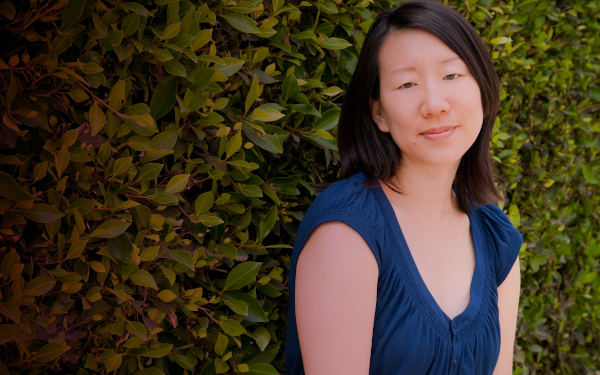
I also found myself being hugged by a horse named Faith. I signed up for a session of horse whispering with a woman named Sheppard. I’d never been around horses before and she led me into a round pen with Faith, who I’d selected at random. Faith kept her distance on the far side of the pen, unsure of me. I clearly had no idea what I was doing. But Sheppard taught me how to connect with the horse, which was really a matter of connecting with myself. She coached me to get grounded and calm my breathing. She said I had to exude the energy of “a matriarchal mare”: strong, clear. Then the horse would trust me. I tried, but as Sheppard and I talked, I began to cry. Then sob. Uncontrollably. And then I felt the air move around me, and suddenly Faith was next to me. She curved around me, her head next to mine. Sheppard said, “She’s hugging you,” which really made me lose it. The idea that a horse could feel sorry for me, but not in a pitying way, just in an “I feel you” way, taught me something about empathy — how true empathy can be primal and wordless — and left me with a deep and abiding love of horses. Faith didn’t banish my sadness, but I did go back to my house, lie on the floor, and fall into the sweetest, deepest sleep I have ever had in my life.
But no, nothing has ever made the sadness leave. And over the years, I’ve come to understand that it is part of the hand I was given, along with being Korean, having two parents, and being born in this particular time and place. I might as well ask why I have brown eyes.
I’ve started to think of it is an inherited sadness, one that’s traveled through so many generations of my family tree, that it doesn’t just make an occasional appearance, like alcoholism or diabetes; it is ingrained in every leaf.
Being the child of immigrants, there is a chasm between my family, the one that came here to America, and the one that was left behind. The one left behind holds all the memory and history; it is not uncommon for a Korean family to be able to trace itself back a thousand years. But my family here doesn’t recall or record. It is impossible for me to construct an actual family tree because everything, every name, beyond my immediate family — my parents and grandparents — is a blank. I suspect it is because there is too much pain. In my family’s immediate past is war, colonization and immeasurable loss. Growing up, no one ever told a story of their childhood that didn’t include trauma. So I learned not to ask. Not to wonder.
But I do wonder.
And sometimes I think this wonder takes the shape of sadness. What do I not know? What do I not even know I don’t know?
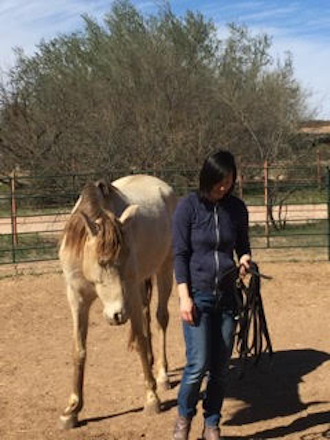
For even if I don’t know the particulars, it is a certainty that suffering shaped the lives of my family and my ancestors to a disastrous degree. How could it be otherwise? Has any period of human history not been rocked by plague, war, famine or disasters, whether natural or man-made? Behind us all is a line of ancestors who have been through shattering events and left broken, and who managed to procreate, but just barely. In that sense, the difficulty we have changing isn’t a personal failure. Because for anyone to change — truly change — isn’t just altering the direction of one life. It is trying to change the direction of a thousand lives. It might seem unfair: Why do I have to be the one to change? And it is unfair, but because no one else before you did or could, now it’s left to you. And you have a choice: either you heal it or pass it on. If you heal it, then for the rest of your life you’ll be freer and from here on out, your descendants will be freer. When you think of it that way, every person who tries to heal is really a warrior, not just saving themselves, but all their ancestors and descendants. It’s why change is so hard. We are trying to save them all.
And so my aim has become both broader and humbler. I am not trying to banish the sadness. It would be like trying to steer the Titanic. I’m simply trying to work with it, transmute it. Maybe it’s more of a tugboat. I’ll pass something on, but not the same sadness I was given. Maybe it can be something else.
Over time, over years, the drawings did gradually become something else. I’m still the same: a child lying on her stomach on a carpet, pouring herself into imaginary figures that feel alive. It doesn’t stop the sadness, but by externalizing it, I can step back and see it better. Except I now no longer draw. I write.
Recently, I read a book written by a therapist that detailed her experiences in therapy herself and her experiences with clients. They were neat anecdotes with a beginning, middle and end, as she and each of her clients needed help, got help and then ended therapy. I went to my therapist in amazement: “Therapy can end? People actually get better??” I’d never known such a thing was possible.
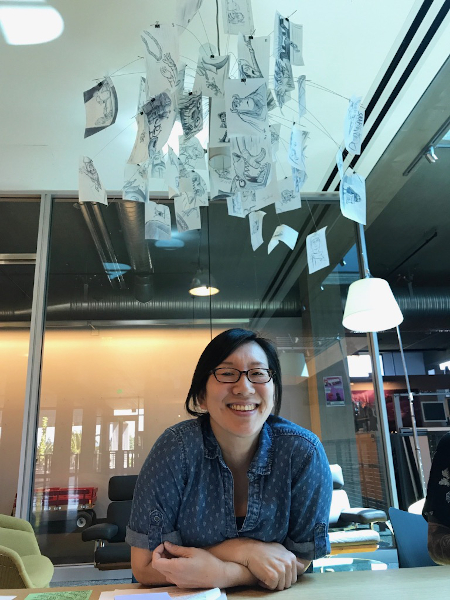
I myself have accepted there is no better. There is no end of sadness. Even in my most joyful moments, there’s a little nugget of melancholy. But over time, I’ve come to understand that nugget is part of the whole. That seems particularly true now, in these chaotic times. I see my sadness reflected in the world around me. And to hold the sadness close is, in a way, to hold the world close, too.
One day, before the pandemic, I was walking through the halls of my then workplace. Nothing special. Just from the bathroom to my office, a walk I’d done a hundred times before. I was probably thinking about a story, as I did every day at my job. I wrestled with stories and scripts, day in and day out, for years. Or maybe I was just thinking about lunch. But I was alone that day and the wooden floors were golden in the sun and I felt my heart swell with that familiar sense of sadness, but also, something else. A lightness. It felt, in a way, like aliveness. And I had a thought: This is what makes me a writer. Not the mind which conceives of the story. Or the hands that type the words. It is my heart: my unruly, prone-to-weeping, feels-all-the-feelings, uncontainable heart.
It’s the heart of a thousand ancestors squeezed into this body, this lifetime. Sometime years ago, I opened the door to it and it has never closed. Do you have that door too? You must. Have you opened it? If not, try opening it a crack. And then step back. And then: write the pink and write the black. Inside the joy, remember the grief. Inside the grief, remember the joy. If you are creating something and are seized with the sense you might burst from the sheer, excruciating amount of feeling, then this might be a sign you’re doing it right.
And, if it helps, you’re not alone.
Featured image of Julia Cho by Deborah Coleman / Pixar. All other images courtesy Julia Cho.


